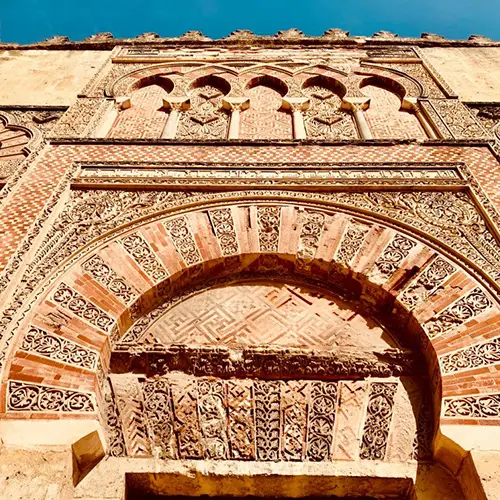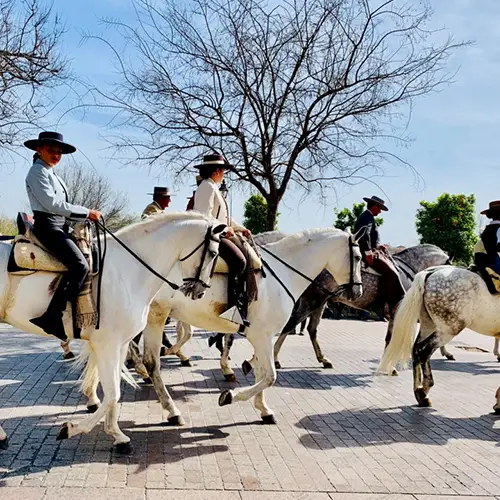Formerly the capital of Islamic Spain, Córdoba was once the largest and most advanced city in all of Europe. This beautiful city in Andalusia was a hub for astronomy, medicine, and philosophy under Muslim rule. After being captured by the Catholic Monarchs in 1236, Córdoba was reincorporated into Christian Spain.
Today, Córdoba is perhaps best known for its mosque-cathedral, “La Mezquita.” While there are enough attractions in Córdoba to fill two days of adventure, a full day will give you a good feel for the local culture and enough time to see the main sights. Córdoba may not be as prominent as it once was, but its fascinating history and winding streets make it one of the best cities to visit in Andalusia. In this post, I’ll share the best things to do in Córdoba, Spain, as well as answer some frequently asked questions about the city. Whether you’re planning a day trip to Córdoba from Malaga or Seville, or are interested in spending more time in this historic city, this guide will help in the planning process!
Córdoba has a rich and diverse history, shaped by Roman, Islamic, Jewish, and Christian influences. Once one of the most important cities in the world, it was a center of culture, learning, and architectural brilliance.
Founded by the Romans in 206 BCE, Córdoba became an important settlement in the province of Hispania Baetica. The city flourished under Julius Caesar and later emperors and the Roman Bridge, which still stands today, was built during this period. In 711, the Moors (Muslim forces from North Africa) conquered Córdoba and in 929, Abd al-Rahman III declared Córdoba the capital of the independent Caliphate of Córdoba, making it one of the most advanced cities in the world. A population of 500,000 people (one of the largest in Europe).
Córdoba’s majestic Mosque is one of the world’s greatest works of Islamic architecture, as well as a symbol of the sophisticated Islamic culture that flourished in Cordoba when it was the capital of Al-Andalus. The mosque, which began construction in 785 AD, is truly special because it was never destroyed by the conquering Christian forces, who took control of the city in 1236.
Instead, it was reused as a church and added to, leaving behind centuries of history in a single building. The best example of this is the massive cathedral built at the center of the mosque complex in the 16th century. In many ways, the building itself is a collaboration between all the one-time rulers of the Iberian Peninsula. See more highlights below!
Córdoba, located in the Andalusia region of Spain, is a city known for its rich history, architectural wonders, and a captivating blend of cultures. Here are some of the highlights of Córdoba:
Córdoba’s unique blend of history, architecture, and cultural traditions make it a fascinating destination to explore. The city’s treasures reflect its multicultural past and offer visitors an unforgettable experience.
TWO HOURS BY CAR FROM CASA COCOON.


